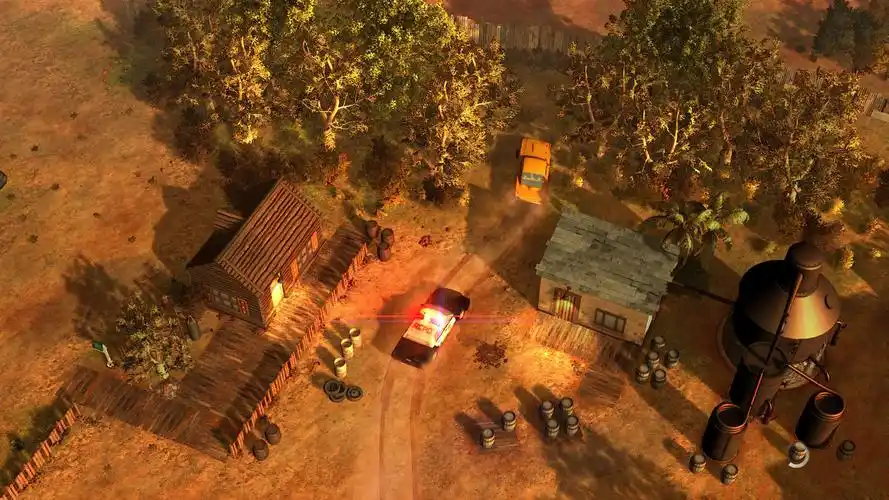Title: The Mathematician Simulator VR: Solving Missions Expansion – A New Dimension in Problem-Solving

Introduction
Virtual Reality (VR) has long been celebrated for its ability to transport users to fantastical worlds, but its potential for education and professional training is only beginning to be fully realized. Enter Mathematician Simulator VR, a groundbreaking application that merges immersive technology with the abstract beauty of mathematics. With its latest expansion, Solving Missions, the platform takes users beyond traditional learning into a dynamic, interactive universe where mathematical concepts become tools for adventure, discovery, and problem-solving. This expansion doesn’t just teach math—it turns users into mathematicians, tasked with saving virtual worlds through logic, creativity, and equations.
The Core Experience: Mathematician Simulator VR
At its heart, Mathematician Simulator VR is designed to make mathematics tangible. Using VR controllers, users manipulate numbers, graphs, and geometric shapes in three-dimensional space. The base application offers modules ranging from basic arithmetic to advanced calculus, with puzzles that require spatial reasoning and algebraic manipulation. For example, users might reconstruct a fractal tree by solving iterative equations or stabilize a virtual bridge by calculating load distributions in real-time.
The immersion factor is key: instead of staring at a textbook, users stand inside a mathematical problem. This approach leverages VR’s strengths—presence, interactivity, and scale—to demystify complex topics and foster intuitive understanding.
Introducing the Solving Missions Expansion
The Solving Missions expansion builds on this foundation by introducing narrative-driven challenges. Users become “mathematical operatives” tasked with resolving crises in a series of exotic virtual environments. Each mission is structured like a puzzle-box, requiring players to apply specific mathematical principles to progress.
For instance, one mission takes place in the “Temple of Symmetry,” where users must decipher ancient runes by identifying group theory patterns. Incorrect solutions cause walls to shift or traps to activate, adding stakes to the mathematical reasoning. Another mission, “Quantum Flux,” challenges users to align particle beams using probability distributions and statistical models. Success requires not just calculation but creativity—there are often multiple paths to a solution.
The expansion also introduces a multiplayer mode, allowing teams to collaborate on missions. One player might handle geometric constructions while another solves differential equations, mirroring real-world interdisciplinary research.
Educational and Professional Impact
Solving Missions is more than a game; it’s a training tool. By contextualizing mathematics within engaging scenarios, it helps users develop critical thinking and problem-solving skills. Educators have already begun adopting the simulator for classroom use, noting that students who struggle with abstract concepts show improved engagement when interacting with them spatially.
For professionals, the expansion offers modules tailored to fields like engineering, data science, and cryptography. A mission might involve optimizing a supply chain using linear programming or cracking a code with number theory. These applications make Mathematician Simulator VR a valuable resource for continuous learning and professional development.
Technical Innovations and User Experience
The expansion leverages cutting-edge VR technology, including haptic feedback and gesture recognition. When users graph a function, they feel a subtle vibration as their hand moves through coordinates. Eye-tracking adjusts difficulty dynamically—if a player struggles with a concept, the system offers hints through an in-game mentor character.
The interface is designed for accessibility. Mathematical symbols are rendered clearly, and tools like a virtual chalkboard or calculator appear seamlessly within the environment. Performance is optimized for standalone VR headsets, ensuring smooth experiences without expensive hardware.
Future Directions
The developers have announced plans for further expansions, including user-generated content tools. Soon, educators and researchers will be able to design their own missions, sharing them with a global community. Upcoming themes range of astrophysics (e.g., calculating orbital trajectories) to epidemiology (modeling disease spread).
Integration with augmented reality (AR) is also in development, blurring the lines between virtual and physical problem-solving. Imagine solving a mission projected onto your desk, with equations overlaying real-world objects.
Conclusion
Mathematician Simulator VR: Solving Missions Expansion represents a leap forward in educational technology. It transforms mathematics from a daunting subject into a playground of possibilities, where every equation tells a story and every solution unlocks a new world. By combining immersion, narrative, and rigorous theory, it invites users not just to learn math, but to live it. As VR continues to evolve, so too will our tools for understanding the universe—one mission at a time.
Tags:
















